


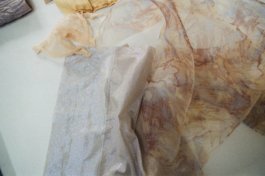
Words by Marie Abeille
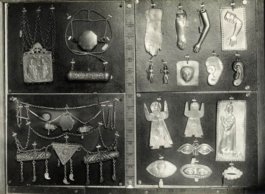
©MNHN / photo Mucem
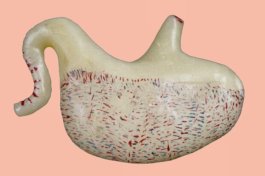
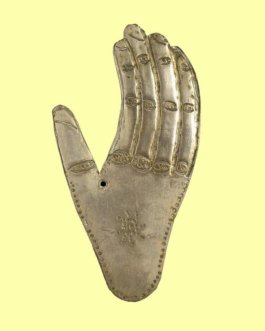
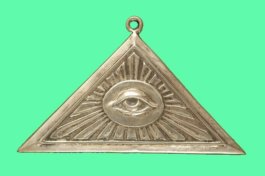
©MNHN / photo Mucem





The Mucem has opened its archives to young creators, who will have to design textile pieces around the museum's ex-voto collection.These objects are offered to the deities to give them thanks or to send them our prayers. It is to the concept of the ex-voto rather than to the form that the pieces should respond: to make a wish or to thank. Each student draws on it for reflection and endeavors to produce a garment, a sample of material, a fabric, thus perpetuating ancestral know-how in textile craftsmanship.


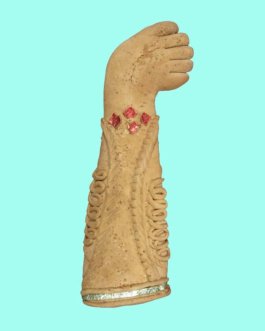
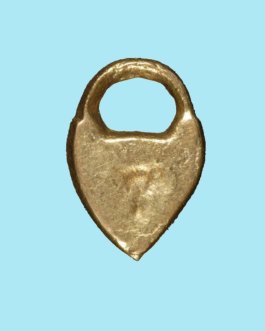
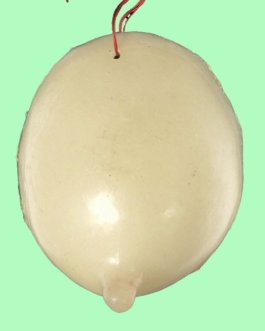
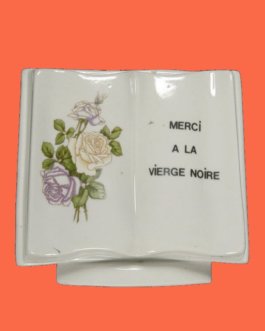
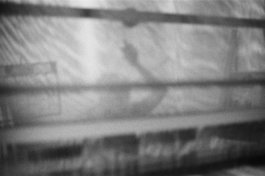
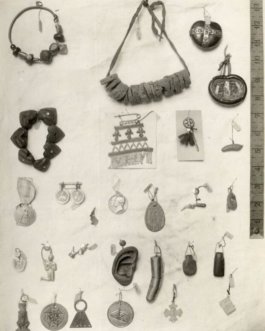
As always, Itinérance tends to encourage the transmission of know-how and gives pride of place to craftsmanship in an industry that is not immune to the challenges of our time such ecological issues, but also societal issues, which can be found in the reflections of ENSAD students facing the imperative of industrialization, the place of craftsmanship and "research through doing"; and as a result takes on its full meaning..
One student shows a desire to fill the lack of representation of these skills. Another student wishes to pay tribute to them through her work. In order to make these unique pieces, young designers go through the learning of the techniques provided by their textile design course: knitting, weaving, dyeing, finishing, screen printing or even crochet. Their teacher speaks of "emotional design", in which hands, head and heart come together to create an emotional connection with the garment. Emancipated from its religious dimension, the ex-voto becomes a source of inspiration both in its serial aspect and in the vow or thanks that it embodies. Apprentice designers do not make a simple garment, they think about and experience a textile piece in all its allegorical dimension. We don't make fashion, we create material.
Some see it as an opportunity to send a political message, particularly through feminism, while others see it as a celebration of parenthood or the body. All seem to agree on the ecological question of wondering about the end of life of textile productions. In a polluting industry where fast fashion reigns supreme, how do you create durable materials that can be assembled in a textile piece designed to last?












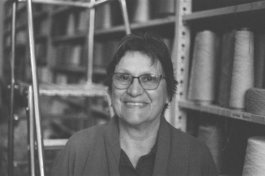


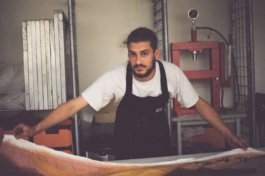
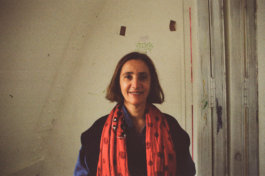


Victor

Arnaud

Jeanne
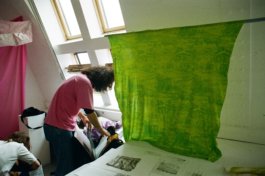
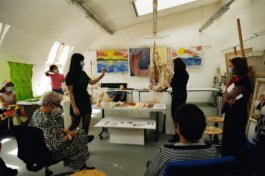
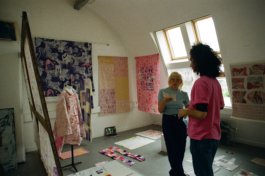

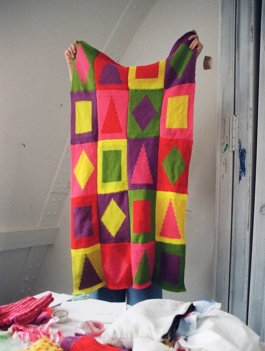
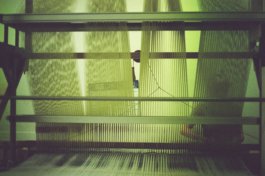


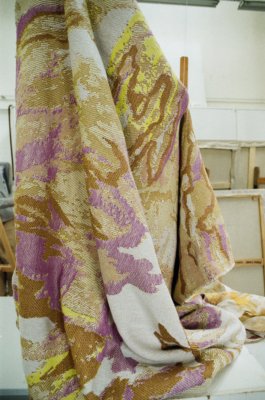
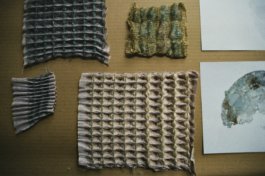












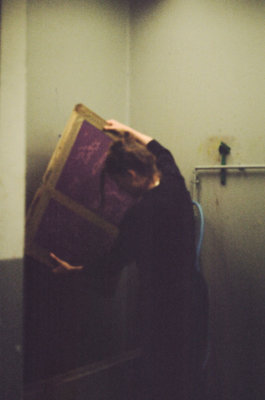
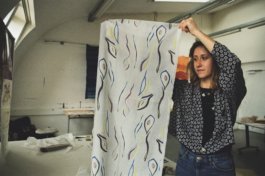








Words by Marie Abeille

©MNHN / photo Mucem











The Mucem has opened its archives to young creators, who will have to design textile pieces around the museum's ex-voto collection.These objects are offered to the deities to give them thanks or to send them our prayers. It is to the concept of the ex-voto rather than to the form that the pieces should respond: to make a wish or to thank. Each student draws on it for reflection and endeavors to produce a garment, a sample of material, a fabric, thus perpetuating ancestral know-how in textile craftsmanship.


As always, Itinérance tends to encourage the transmission of know-how and gives pride of place to craftsmanship in an industry that is not immune to the challenges of our time such ecological issues, but also societal issues, which can be found in the reflections of ENSAD students facing the imperative of industrialization, the place of craftsmanship and "research through doing"; and as a result takes on its full meaning..
One student shows a desire to fill the lack of representation of these skills. Another student wishes to pay tribute to them through her work. In order to make these unique pieces, young designers go through the learning of the techniques provided by their textile design course: knitting, weaving, dyeing, finishing, screen printing or even crochet. Their teacher speaks of "emotional design", in which hands, head and heart come together to create an emotional connection with the garment. Emancipated from its religious dimension, the ex-voto becomes a source of inspiration both in its serial aspect and in the vow or thanks that it embodies. Apprentice designers do not make a simple garment, they think about and experience a textile piece in all its allegorical dimension. We don't make fashion, we create material.
















Some see it as an opportunity to send a political message, particularly through feminism, while others see it as a celebration of parenthood or the body. All seem to agree on the ecological question of wondering about the end of life of textile productions. In a polluting industry where fast fashion reigns supreme, how do you create durable materials that can be assembled in a textile piece designed to last?


Victor

Arnaud

Jeanne































